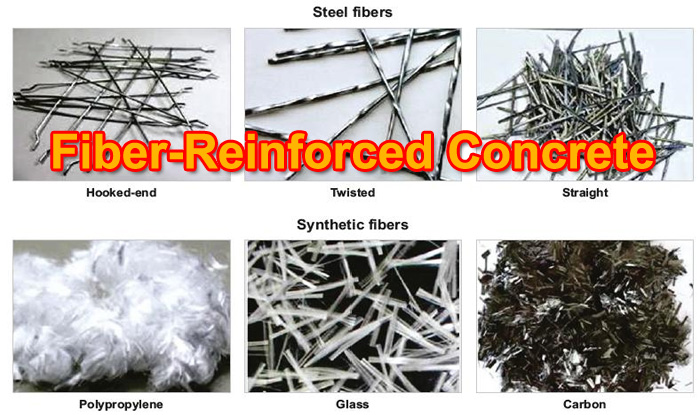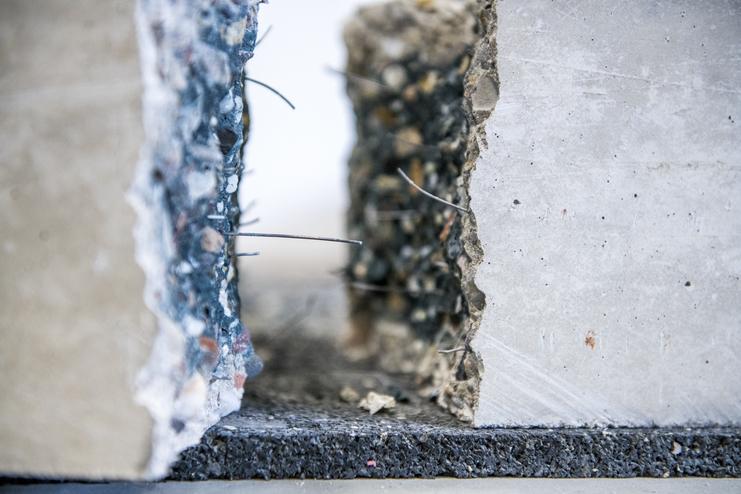Explore the mechanical properties of steel fiber reinforced concrete (SFRC) and its ability to enhance the strength, durability, and crack resistance of concrete structures. This article delves into the key characteristics and benefits of SFRC, including improved flexural and tensile strength, enhanced impact resistance, and superior load-bearing capacity.
Steel fiber reinforced concrete (SFRC) is a versatile construction material known for its exceptional mechanical properties, which significantly enhance the performance and durability of concrete structures. By incorporating steel fibers into the concrete matrix, SFRC exhibits improved crack resistance, increased flexural and tensile strength, and enhanced impact resistance. In this article, we will delve into the mechanical properties of SFRC, exploring its key characteristics, benefits, and applications. By the end, you’ll have a comprehensive understanding of how SFRC can elevate the structural performance of your construction projects.
Understanding Steel Fiber Reinforced Concrete (SFRC)
Steel fiber reinforced concrete (SFRC) is a composite material consisting of concrete embedded with randomly distributed steel fibers. These fibers act as reinforcement, enhancing the mechanical properties of the concrete and improving its overall performance.

Mechanical Properties of SFRC
- Improved Flexural and Tensile Strength: The addition of steel fibers significantly enhances the flexural and tensile strength of SFRC. The fibers distribute stress more evenly throughout the concrete matrix, reducing cracking and increasing the material’s load-carrying capacity.
- Enhanced Crack Resistance: Steel fibers act as micro-reinforcement, bridging small cracks that may form in the concrete. This bridging effect reduces crack propagation, improving the crack resistance of SFRC and maintaining its structural integrity.
- Superior Impact Resistance: The presence of steel fibers enhances the impact resistance of SFRC. The fibers absorb and distribute energy upon impact, minimizing damage and improving the material’s ability to withstand dynamic loads.
- Increased Load-Bearing Capacity: SFRC exhibits higher load-bearing capacity compared to traditional concrete. The steel fibers effectively distribute and transfer loads, resulting in improved structural performance and the ability to withstand heavy loads and external forces.
Applications of SFRC
- Infrastructure Projects: SFRC is widely used in infrastructure projects such as bridges, tunnels, and pavements. The enhanced mechanical properties of SFRC make it ideal for structures that require high strength, durability, and resistance to cracking.
- Flooring Systems: SFRC is commonly used in industrial flooring applications. Its improved crack resistance and impact resistance make it suitable for areas with heavy machinery, high traffic, or exposure to abrasion, such as warehouses, manufacturing plants, and parking garages.
- Seismic-Resistant Structures: SFRC is favored in seismic-resistant construction due to its ability to withstand dynamic loads and resist cracking. It provides enhanced structural integrity and can help mitigate the effects of earthquakes on buildings and infrastructure.

Conclusion
The mechanical properties of steel fiber reinforced concrete (SFRC) contribute to its superior performance and durability in construction projects. With improved flexural and tensile strength, enhanced crack resistance, superior impact resistance, and increased load-bearing capacity, SFRC offers significant advantages over traditional concrete. From infrastructure projects to flooring systems and seismic-resistant structures, SFRC provides enhanced structural performance and longevity. By understanding the mechanical properties of SFRC, you can make informed decisions and achieve optimal results in your construction endeavors. When it comes to enhancing structural performance, SFRC is a reliable and effective choice.
In summary, steel fiber reinforced concrete (SFRC) exhibits exceptional mechanical properties that enhance the strength, durability, and crack resistance of concrete structures. With improved flexural and tensile strength, enhanced crack resistance, superior impact resistance, and increased load-bearing capacity, SFRC outperforms traditional concrete in various applications. Whether it’s infrastructure projects, flooring systems, or seismic-resistant structures, SFRC provides superior structural performance and longevity. By understanding the mechanical properties of SFRC, you can make informed decisions and achieve optimal results in your construction endeavors. When it comes to enhancing structural performance, SFRC is a reliable and effective choice.